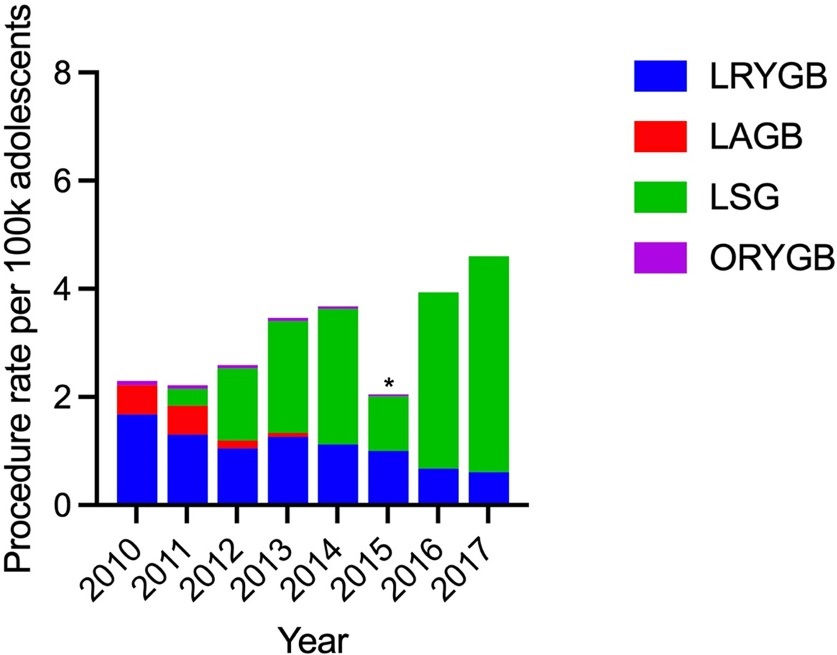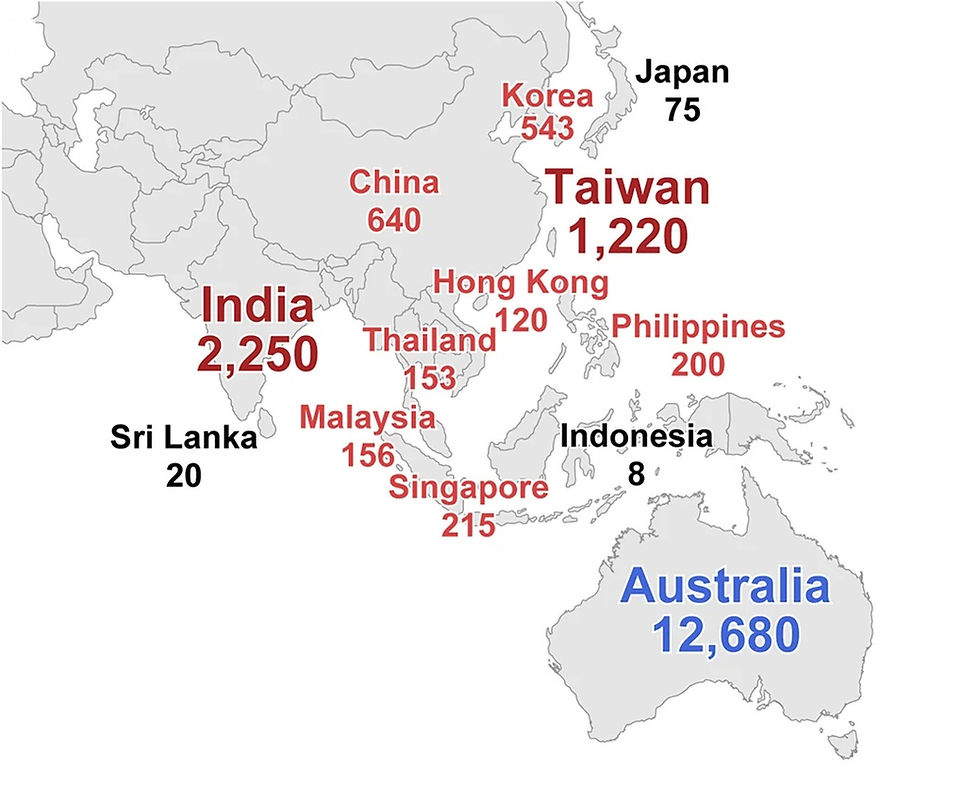SG the dominant procedure in Italy as RYGB slowly declines in favour of OAGB
- owenhaskins
- Jan 25, 2023
- 2 min read
A survey of the Società Italiana di Chirurgia dell’Obesità (SICOB) members has found that sleeve gastrectomy remains the dominant procedures performed by bariatric surgeons in the country, accounting for approximately 55% of procedures performed in 2021. The paper’s authors, writing on behalf of the SICOB Survey Collaborative Group, also reported that RYGB has slowly declined in favour of OAGB. The findings were featured in the paper, ‘Evolution of Bariatric Surgery in Italy in the Last 11 Years: Data from the SICOB Yearly National Survey’, published in Obesity Surgery.

The SICOB has conducted an annual survey of SICOB centres from 2011 to 2021. Until 2016, data was sent by e-mail to a centralised data management centre. However from 2016, data was retrospectively entered each year in an online registry by individual SICOB centres. Centres were considered high volume when performing > 100 procedures per year and low volume if performing < 50 procedures per year.
The aim of this study was to detect changes in Italian bariatric surgical practice. A median of 92% of SICOB centres answered the survey each year and the years 2012 and 2017–2019 featured the worse SICOB centre adherence to national registry data entry, which was under 80%.
The number of SICOB centres increased steadily from 91 in 2011 to 138 in 2021. High-volume centres have represented almost 50% of SICOB centres for the whole study period. In 2021, 45% of centers were in the North of Italy, 21% and 24% in the center and South respectively, and the remaining 10% in the isles.
Overall, the number of procedures increased steadily from 7,645 in 2011 to 22,469 in 2021 (Figure 1). In summary, the survey reported that:
AGB was the most commonly performed procedure in 2011, with 36% of cases while it declined to 5% in 2021 (p<0.0001).
SG represented 30% of procedures in 2011 and increased to become the leading procedure, with 55% in 2021 (p<0.0001).
RYGB had a slow reduction in performance rates and overall procedures halved in the study time frame (from 25% in 2011 to 12% in 2021 respectively; p<0.0001).
OAGB was not performed in 2011 and grew to represent 15% of procedures in 2021 (p<0.0001). The rise of OAGB was significant from 2011 to 2020, particularly pronounced between 2014 and 2017, and is still growing.
BPD accounted for 6.2% in 2011 and 0.2% in 2021 (p<0.0001).
Gastric plication was not performed in 2011, found acceptance and rose to 3.1% of operations in 2014 and then declined again to reach in 0.2% in 2017–2021 (p<0.0001).
Other procedures were 2.2% in 2011 and 9.5% in 2021 (p<0.0001). The increase began in 2013, was particularly rapid in 2015–2017, and halted between 2017 and 2021.
During the study period, main non-malabsorptive procedures decreased from 66.7 to 60.3%. This decline was significant (p<0.001), especially between 2015 and 2017.
“Overall, main non-malabsorptive procedures slightly decreased. RYGB slowly declined in favour of OAGB, which represents the greatest and most impacting novelty due to its optimal results, low complication rate, and relative ease of performance. Indications for bypass procedures remained constant while BPD was largely abandoned,” the paper concluded. “Significant inter-regional differences between geographical regions were also evidenced.”
To access this paper, please click here






Comments